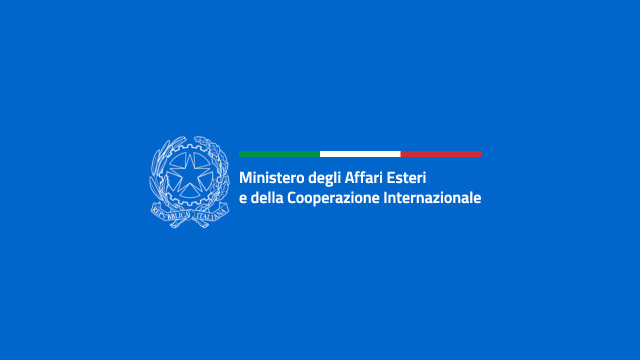The submarine power cable project across the Black Sea that will transport electricity from renewable sources from the South Caucasus to Europe is progressing apace. Now that the Italian energy engineering consulting firm, CESI, has announced the positive outcome of the technical and economic feasibility study, Georgia is ready to enter the “implementation phase” of the project, with the issuing of an initial series of calls for tenders in 2025-2026 for the environmental and social impact assessments. Further research on the seabed is necessary for the design of the cable and the entire physical infrastructure, as well as its integration with a fibre optic cable, and the subsequent publication of the calls for tenders – scheduled for 2026 – for the construction of the actual infrastructure.
The project, conceived by the Georgian government, is at the heart of the strategic partnership signed in December 2022 between Georgia, Azerbaijan, Romania and Hungary, as well as the joint venture established by these countries for the actual implementation of the project, which was later joined by Bulgaria. In building the infrastructure, Georgia can rely on the support of the World Bank, which will allocate a total of USD 500 million to the project – under the programme Enhancing Energy Security through Power Interconnection and Renewable Energy (ESPIRE) programme – to the implementation of the project’s three phases, the related tenders of which meet the principles and standards of the global lender for contracts and tenders. Finally, the project is strongly supported by the European Commission, as the import of renewable energy from Georgia will contribute to the process of diversification of energy supplies and the achievement of environmental and climate goals of the regional grouping.
In the first, now completed phase of the project, the Italian company CESI was tasked with determining the cable’s capacity, estimating construction costs, conducting economic analyses, and outlining a strategy for the awarding, contracting and construction of the project. The company also carried out environmental and social research on Georgian and Romanian territory, thus laying the foundations for future geotechnical, geophysical, ecological and archaeological studies of the seabed. Finally, CESI identified a possible land and sea route for the cable infrastructure.
A strategic project for Europe’s energy security
Connecting the European and Georgian energy systems with a high-voltage infrastructure of about 1,200 km and 1,000 MW capacity – the project known as ‘BSSC – Black Sea Submarine Cable’ – not only fits into the process of green transition and energy resilience promoted by the European Union, but also aims to increase intra- and inter-regional ties between the South Caucasus and Europe, via Georgia, Azerbaijan, Romania, Hungary and – in perspective – Bulgaria. Besides the transport of renewable energy from the South Caucasus to the South-Eastern EU countries, the integration of a fibre optic cable is planned to improve data flows between the four countries involved. Finally, the project explores opportunities to use existing infrastructure for the transit of green hydrogen.
As evidence of its importance, the project was included in the continental European synchronous grid development projections drawn up by the European Association of Transmission System Operators for Electricity (European Network of Transmission System Operators for Electricity – ENTSO-E).






